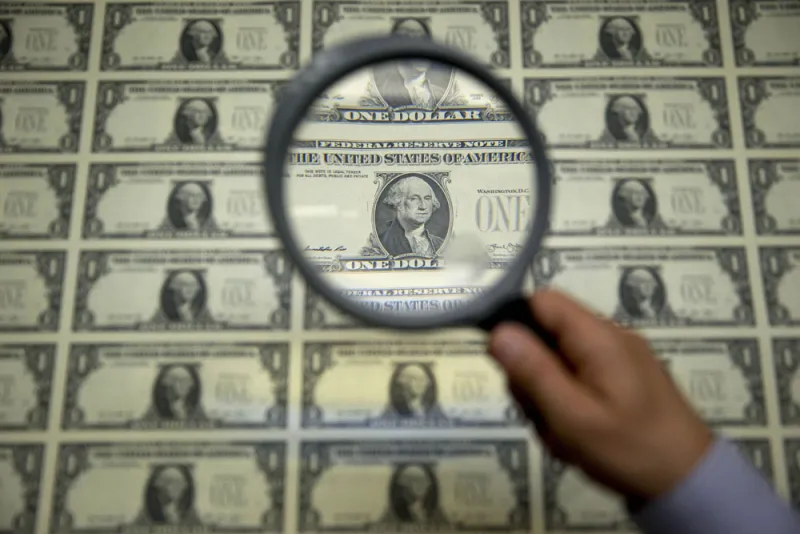When venture capital firms are under pressure to raise more money, they may “seek to strategically misprice deals so as to inflate interim returns,” new research shows.
Better numbers — even if they’re short-term — can improve the likelihood of new and existing investors putting capital to work at venture firms. And since every fund has a “finite life,” a venture firm’s survival “depends on its ability to renew its fee income stream,” according to the paper from researchers at Australia’s UNSW Business School.
The research echoes another study released this year, which found that private equity firms “manipulate” their portfolio companies’ numbers when preparing to raise capital.
How VC Firms “Inflate” IRRs
To “strategically enhance” their portfolios, venture firms make a follow-on investment in a company that it already holds a stake in. According to the research, a venture firm seeking to raise further capital is incentivized to structure that deal with a higher valuation or else not bargain vigorously with the portfolio company.The value of that portfolio company then appears higher, inflating the internal rate of return, the paper said.
The conditions are right for this type of behavior: Fund managers rely on estimates of their portfolio companies that they have yet to exit when they market funds to limited partners.
“Given that VC portfolios typically consist of young and risky firms, such valuations can involve a substantial degree of discretion,” the paper said.
The research, which was completed by Ph.D. candidate Nick Turner and associate professors Jason Zein and Peter Pham, relied on Pitchbook data for the findings.
The dataset covered the period between January 1, 2000, and November 18, 2019. The data used for researching fundraising rounds included 58,913 rounds from 23,403 portfolio companies. The fund-level data set consisted of 267,668 fund-quarter observations covering 15,081 funds.
The researchers then whittled down the VC firms to include only the ones that made the follow-on investments in their portfolio companies when they were raising a fund in the following calendar year. This resulted in 5,146 observations out of the total sample of follow-on rounds of 33,737.
Mispricing During Fundraising Leads to “Predictably Lower Returns”
The financing rounds that included these follow-on investments had annual returns that were between 10 percent and 17.4 percent higher than those that did not include follow-on investments. The paper noted that these numbers could be skewed by a few abnormally high returners.However, when the researchers broke down the data further, their findings revealed that returns were still skewed higher when the venture firms had fundraises on the horizon.
Continuing that thread, the researchers then looked at the returns reported for following rounds to determine whether they remained high or fell. They found that there were “predictably lower returns in subsequent financing rounds.”
“These results do not appear to be driven by selection of deals by investors,” the authors wrote. “We hypothesize that VCs are strategically pricing such rounds to improve their interim performance measures, even if the investment in the high price incentives round will experience lower returns.”







